Red black what color will it turn out. How to get black: using a color palette and black analogues
Black is an achromatic shade that completely absorbs all colors. In other words, black means the absence of light flux as such. Black is the opposite of white, which reflects the radiation falling on it. Black, on the contrary, absorbs it. There is no absolute black color in the world. However, a material has already been found that is as close as possible to it. It is called Vantablack. At the time of 2014, it was this substance that was named the blackest on the planet. It absorbs 99.965% of the radiation falling on it, which is understood not only as light itself, but also as radio waves and microwaves. Now let's talk about how to get the most black color and what you need for this.
What colors to mix to get black
There are several ways to get black. The first one is the mixing of green and red. As already mentioned, it is almost impossible to achieve absolutely black, but using this method you can get the color as close to black as possible. If you want to get a more saturated black color, then you can try the following method - this is the use of a subtractive scheme. To do this, it is tedious to mix magenta, cyan and yellow. These colors are called primary. At blue and magenta there is another name - cyan, magenta. You can mix oil, watercolor or acrylic paints.
How to get a shade of black
In addition to the classic black color, there are also its shades, with which you can give originality to your work. In order to consider this issue, let's plunge into history and look at what shades of black existed before and which of them are common in our time. Previously, there were the following shades of black:
- Aspid shade. It is black and grey.
- Anthracite black color. This is a very rich black color with a sheen.
- Caramel shade.
- Clushy.
- A hint of bull's blood. It is black mixed with red.
- Bardadym.
Other shades of black are currently in use. With various proportions of the paint used, black can turn bluish, brown and other shades. Moreover, by adding white to the already obtained paint, one or another shade of black can be achieved. Consider several shades of black, and also talk about how you can get them.
- Soft shade of black. To get this shade, you need to mix turquoise, pink and yellow. You can also add a little white to the already obtained black paint.
- Medium black tint. In this color, there will be much more black than in soft shade black. To obtain, you need to mix pink, ultramarine and light yellow.
- Intense black color. This black color can be obtained not only by mixing the three primary chromatic colors. To obtain it, you can mix red, yellow and blue paint.
- Blue-black shade. It can be obtained by mixing brown and dark blue paint.
If, when receiving one or another shade, the color does not suit you, then you can add red, yellow or blue paint to it.
To achieve black paint, you will have to work hard when mixing colors, since you need to add paint in certain proportions. However, this will be much easier to do in the future, since you will already have a lot of experience in mixing colors.
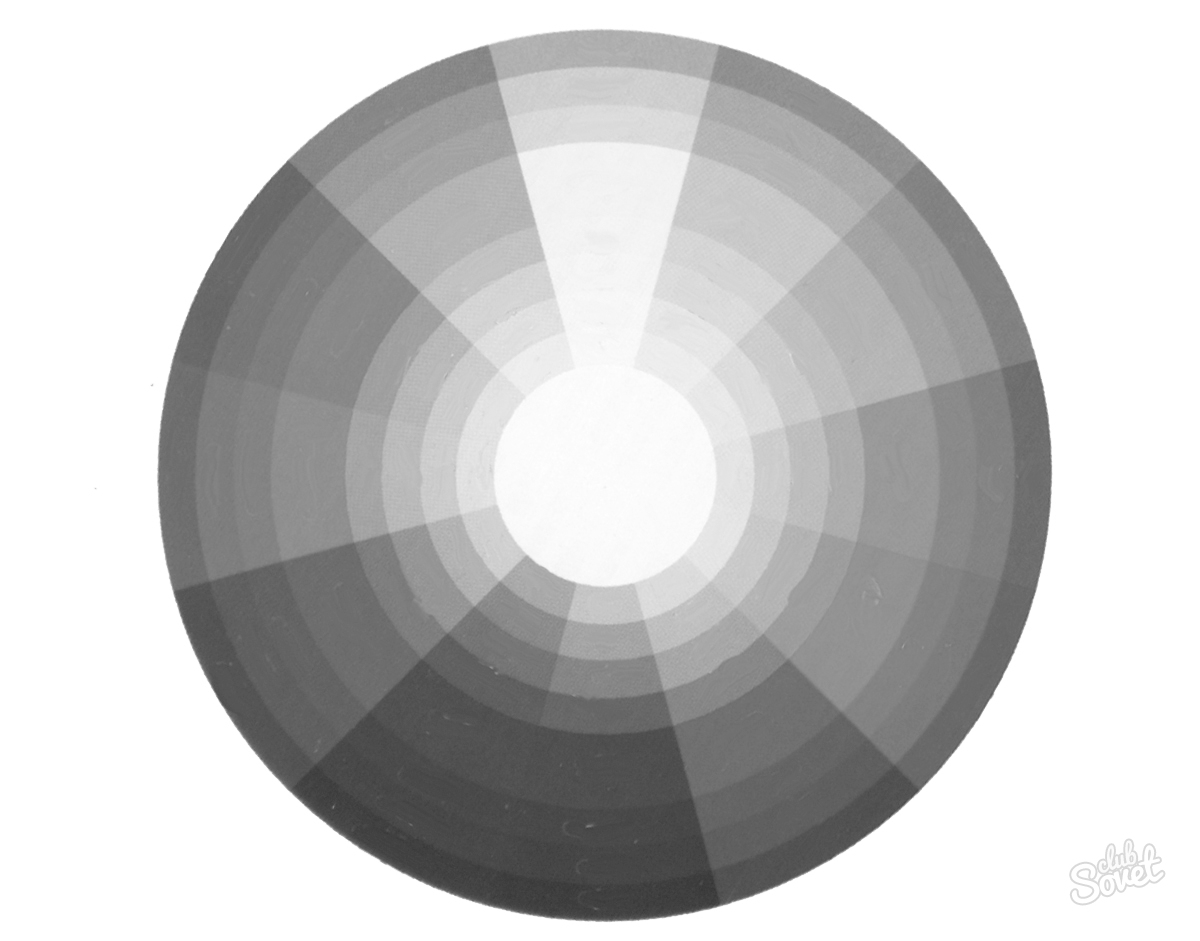
Extremely individual and depends on how the human eye perceives the rays reflected from various surfaces. There are surfaces that do not reflect rays, but absorb them. When they are absorbed, a person sees. That is why black is called a "dead" color or "lack of color."
Therefore, the answer to the question of how to get black from paints will be the following: real black cannot be obtained by mixing any other shades of the spectrum. However, it is possible to create dark shades, which in contrast with others create a feeling of black. To find out what paints need to be mixed to get black, you should turn to the theory of art and the psychology of color perception.
Color models and color synthesis
There are two models of color synthesis, that is, obtaining new colors and shades.
Additive - a model for obtaining color, based on the addition and superposition of rays reflected from the surfaces of objects. This model is used in monitors and screens, its main color range is RGB. Additive color synthesis is based on three main lights: and blue. By superimposing and mixing these rays, all other shades are formed, except for black. In this model, black is considered to be the complete absence of reflection.
Subtractive - a model based on a mixture of physical pigments and paints. It considers white to be the absence of color. And black is obtained by mixing all the basic shades. So what colors do you need to mix to get black? In the subtractive model, the primary (or primary) hues are magenta, cyan, and yellow.
Subtractive mixing method
Compared to additive color synthesis, the subtractive model produces fewer shades. In addition, the theoretical or mathematical model of subtractive synthesis is fundamentally different from what is obtained in practice. For example, theoretically mixing three primary colors should result in black. However, in practice, this color comes out very dark brown.
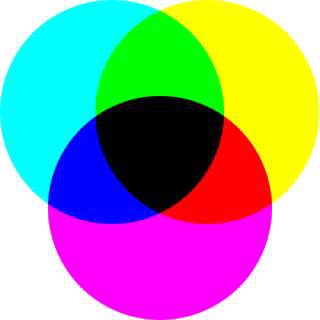
The subtractive method is used in printing and polygraphy, where it is very important to achieve true black. In order to get it, a “key” is added to the three primary colors. It is from here that the name of the main range of the subtractive model is CMYK, where C is cyan (cyan, in Russian it is called blue or greenish-blue), M is magenta (a shade of purple), Y is yellow (yellow), and K is key color (key color). In this range, natural black is key. Asking how to get black from chromatic spectrum inks, typographers realized that no shade obtained could replace natural black.
Three primary colors
According to the theory of art by Johannes Itten, there are three, when mixed, all the other colors of the spectrum are obtained. Itten singled out red, yellow and blue as the main ones. Subsequent theories determined that the ideal primary colors were purple (magenta), cyan (cyan), and yellow. It is they who are called primary - colors that reflect a larger spectrum and which cannot be obtained by combining other shades.
In fact, red and blue are not primary. They absorb more light than they reflect, but despite this, they are still often called primary colors and are used to create the rest of the color wheel.
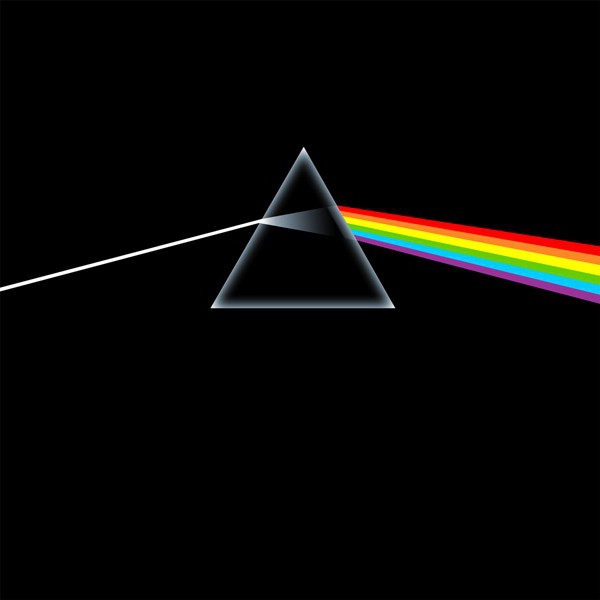
Note: White and black are not included in the spectrum and are called achromatic. How to get black from paints has always varied and depended on many theories that currently exist.
pure colors
According to the early theory, the pure colors were red, blue, yellow and green. It was believed that they could not be obtained by mixing other shades. Later, with the development of technology, it turned out that the three primary colors that cannot be obtained are magenta, cyan and yellow.
Modern color theory distinguishes three primary, three secondary chromatic and one achromatic - black. What colors to mix to get black varies. Everything works in comparison, from mixing primary hues to mixing red, blue and yellow, or even red and green.
The secondary colors are green, blue and red. Green is obtained by mixing yellow with greenish-blue. Magenta and cyan make blue. And by mixing purple with yellow, you can get red.
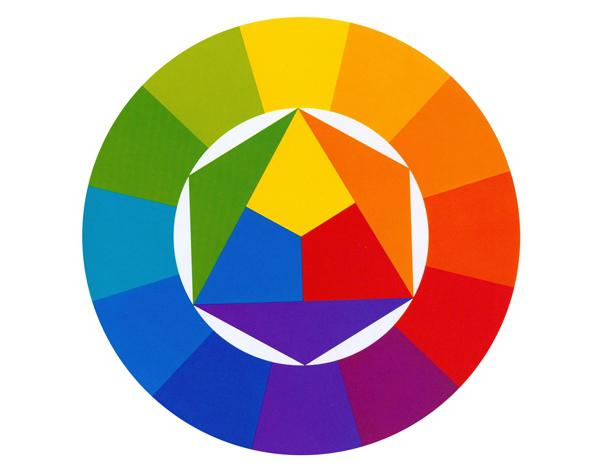
In theory, the question of how to get black from paints is solved by mixing the three primary colors in their ideal shades. These are cyan, magenta and yellow. However, it is practically impossible to get the perfect black by combining others. In typography and painting, natural black is used.
natural black
Black is actually the absence of color. The more light rays the surface of an object absorbs, the darker it appears. In nature, there is no absolute black color, but the darkest carbon Vantablack is as close as possible to one hundred percent absorption of light, it reflects only 0.035% of the rays.
The main natural pigments from which black paint is made are carbons. Among them, the main ones are graphite and soot. Artists at the dawn of painting thought about what paints should be mixed to get black, and came to the conclusion that black cannot be achieved. At times High Renaissance painters mined black from burnt bone. It was the darkest matte shade available during the Renaissance.
Black and white colors considered the actual absence of color. Therefore, the question of how to get black can be answered that it is possible to get only a color close to it by mixing several.
Black color features
For the artist, this color means the darkest, and for scientists - the absence of color. Black is an achromatic shade that absorbs all light. According to the absorption of the light flux, it is opposite to white, which completely reflects the light and radiation falling on it. In the natural environment, there is a material close to it in tone - this is Vantablack dark carbon, which absorbs 99.96% of incident light and other radiation.
Back in the Renaissance, masters of painting tried to get black paint and concluded that it was impossible to make it from other paints. Therefore, they used burnt bones, from the soot of which they made paint of a matte black tone.
Today black paint is being done industrial way from natural carbon-pigments such as graphite and carbon black.
In practice, 2 main color models are used:
- RGB- additive, the basis of which is the superposition of rays reflected from the surfaces of objects. It is used in computer monitors, contains the main colors: R-red, G-green, B-blue. The remaining colors and shades are obtained by overlaying.
- CMYK- subtractive model, which is based on the physical mixing of pigments, with white being the absence of color, and pure black obtained by mixing cyan (C-blue), magenta (M-magenta) and yellow (Yellow) tones, K (key color) - key. This system is used in the printing industry and printer printing.
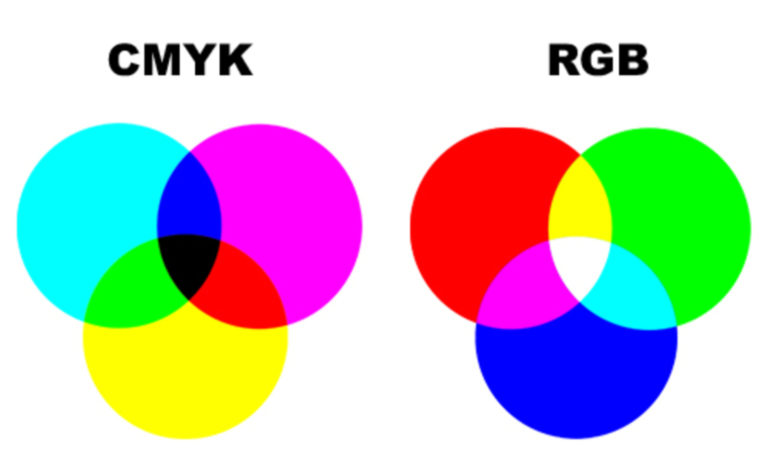
What colors to mix?
To get a black color that is close to ideal, you can go by mixing paints of the following colors:
- Red and green- the resulting tone will be close to the desired one (in fact, it turns out to be very dark, and if you look closely, it is not quite ideal).
- Blue, yellow and red- if you take these 3 primary colors, then mixing them will also allow you to get a fairly saturated color scheme.
- D Additional colors (brown, purple, blue)- you need to mix them in small quantities, then you get an approximate color.
You can use for mixing any paint intended for drawing or household purposes: acrylic, gouache, watercolor and oil. If there is no ready-made dye classic tone, then there are a lot of options for how to make black paint from others.
To obtain a pure color, you will have to work hard and select the necessary proportions, gradually adding different colors.
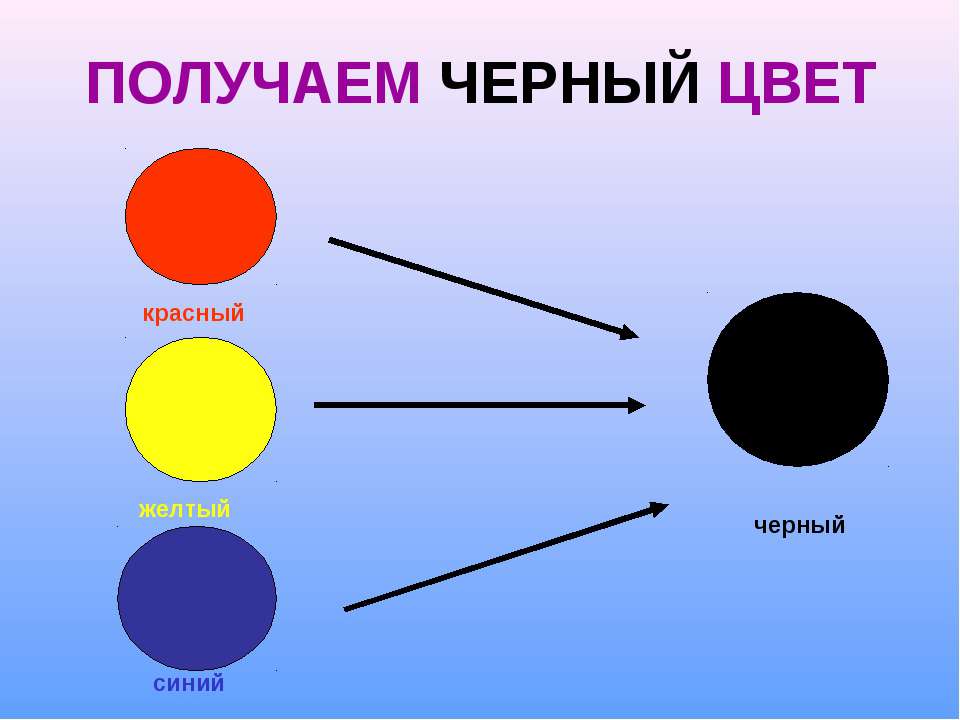
On the video: what colors to mix to get black.
There are many shades that differ slightly from the classic black, which will allow the artist to add originality to his work. Historically, the following shades have developed:
- Slate - essentially it is a dark gray, the name comes from the slate-aspid, which was used earlier in the manufacture of the school board.
- Caramasy - synonyms "black", "black -haired".
- anthracite - strong saturated color with some brilliance.
- Bull blood is a black and red color scheme.
- Bardadym - the name of the king of black suit in the game of cards.

Modern shades of black differ from those previously used:
- Soft black - to get it, you need to mix the following colors: turquoise, pink and yellow colors, sometimes they add a little white.
